Stories Category: Intensive Care
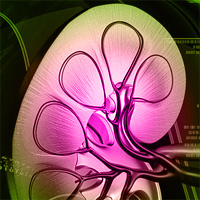
Hyperchloremia Is Associated With AKI in Patients With Subarachnoid Hemorrhage
Critically ill patients with subarachnoid hemorrhage show a strong association between hyperchloremia and acute kidney injury as well as acute kidney injury and mortality. Of 1,267 patients included in this cohort, 16.7%... read more

Assessment of immune organ dysfunction in critical illness
Critical illness may often induce persisting injury-associated immunosuppression with adverse effects on relevant patient-centered outcomes. However, despite the key task of ICU physicians to detect, monitor, and follow up... read more
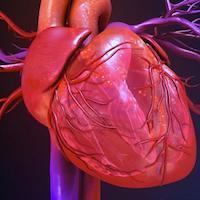
Predicting Adverse Hemodynamic Events in Critically Ill Patients
The art of predicting future hemodynamic instability in the critically ill has rapidly become a science with the advent of advanced analytical processed based on computer-driven machine learning techniques. How these... read more
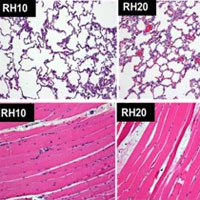
The Protective Effects of Regional Hypothermia on Injured Limbs Combined with Hemorrhagic-shock & Tourniquet
The aim of this study is to investigate the protective effects of regional hypothermia (RH) on rabbits' limbs injured by a steel-ball combined with hemorrhagic-shock, and then employed tourniquet over-time, tried to identify... read more

The Neurohormonal Basis of Pulmonary Hypertension in HFpEF
Subjects with heart failure with preserved ejection fraction (HFpEF) display activation of the endothelin and adrenomedullin neurohormonal pathways, the magnitude of which is associated with pulmonary hemodynamic derangements,... read more

Targeted Temperature Management at 33 vs. 36 Degrees
Comatose, adult out-of-hospital cardiac arrest patients treated during the targeted temperature management 33°C period had higher odds of neurologically intact survival to hospital discharge compared with those treated during... read more

First ICU Certified in Humanization (H-ICU)
250 ICUs around the world that have performed the self-assessment, the baseline compliance referred is between 40 and 60%. For more than a year, the team of the ICU of Valdemoro distributed the pending good practices and... read more

Nonoperative Management of Splenic Injury of Patients with Reduced Consciousness is Safe and Feasible in Well-equipped Institutions
This study shows that NOM for blunt splenic trauma is a viable treatment modality in well-equipped institutions, regardless of the patients mental status. However, the presence of neurologic impairment is associated with... read more
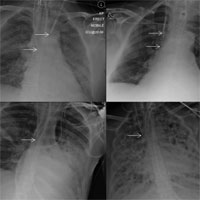
Distance Between the Tips of Central Venous Catheters Does Not Depend on Same or Opposite Site Access
Central venous catheters (CVCs) are routinely required in the intensive care unit (ICU) for infusion of drugs, often concurrently with central venous dialysis catheters (CVDCs) for renal replacement therapy (RRT). Increased... read more

Mechanical Ventilation in Patients with Acute Ischemic Stroke
Although there are no specific data regarding the effect of respiratory management on stroke patients' outcomes, specific ventilator strategies in this population could potentially improve neurologic outcome and prevent respiratory... read more
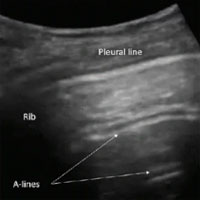
Ultrasound-based Clinical Profiles for Predicting the Risk of Intradialytic Hypotension in Critically Ill Patients on Intermittent Dialysis
In critically ill patients on intermittent hemodialysis, the absence of hypervolemia as assessed by lung and vena cava ultrasound predisposes to intradialytic hypotension and suggests alternative techniques of hemodialysis... read more

Pain Response to Open Label Placebo in Induced Acute Pain in Healthy Adult Males
Open label placebos might play a role in multimodal analgesic concepts. Pain ratings (median, first to third quartile) were 21% lower during placebo treatment compared to no treatment, 4.0 (3.2 to 4.9) versus 5.1 (4.7... read more

Economic Evaluation of a Patient-Directed Music Intervention for ICU Patients Receiving Mechanical Ventilatory Support
Music intervention has been shown to reduce anxiety and sedative exposure among mechanically ventilated patients. The aim of this study was to examine ICU costs for patients receiving a patient-directed music intervention... read more

An assessment of repeat computed tomography utilization in the emergency department in the setting of blunt trauma
Two CT scans performed during blunt trauma encounters demonstrated mixed benefit and were associated with an increased hospital LOS. Additionally, IV contrast was associated with lower rates of AKI. Of 5787 patient encounters,... read more








